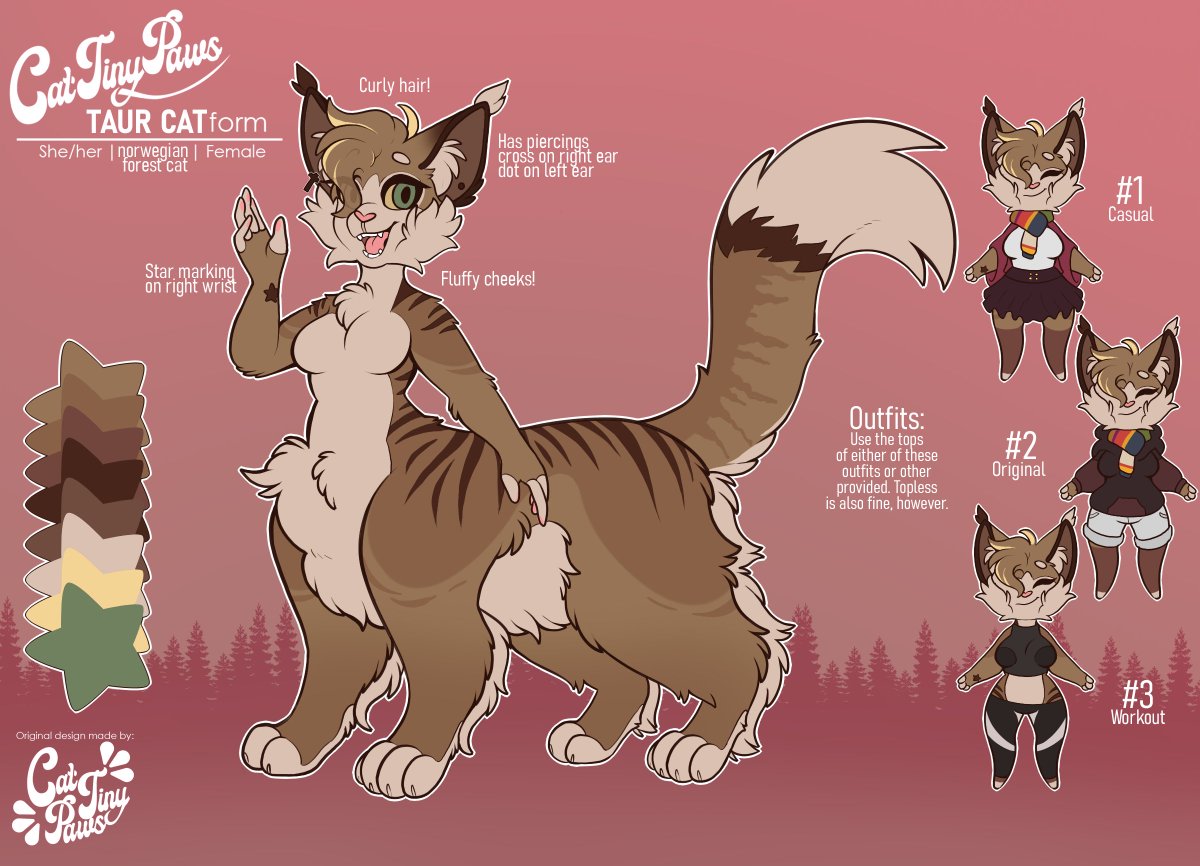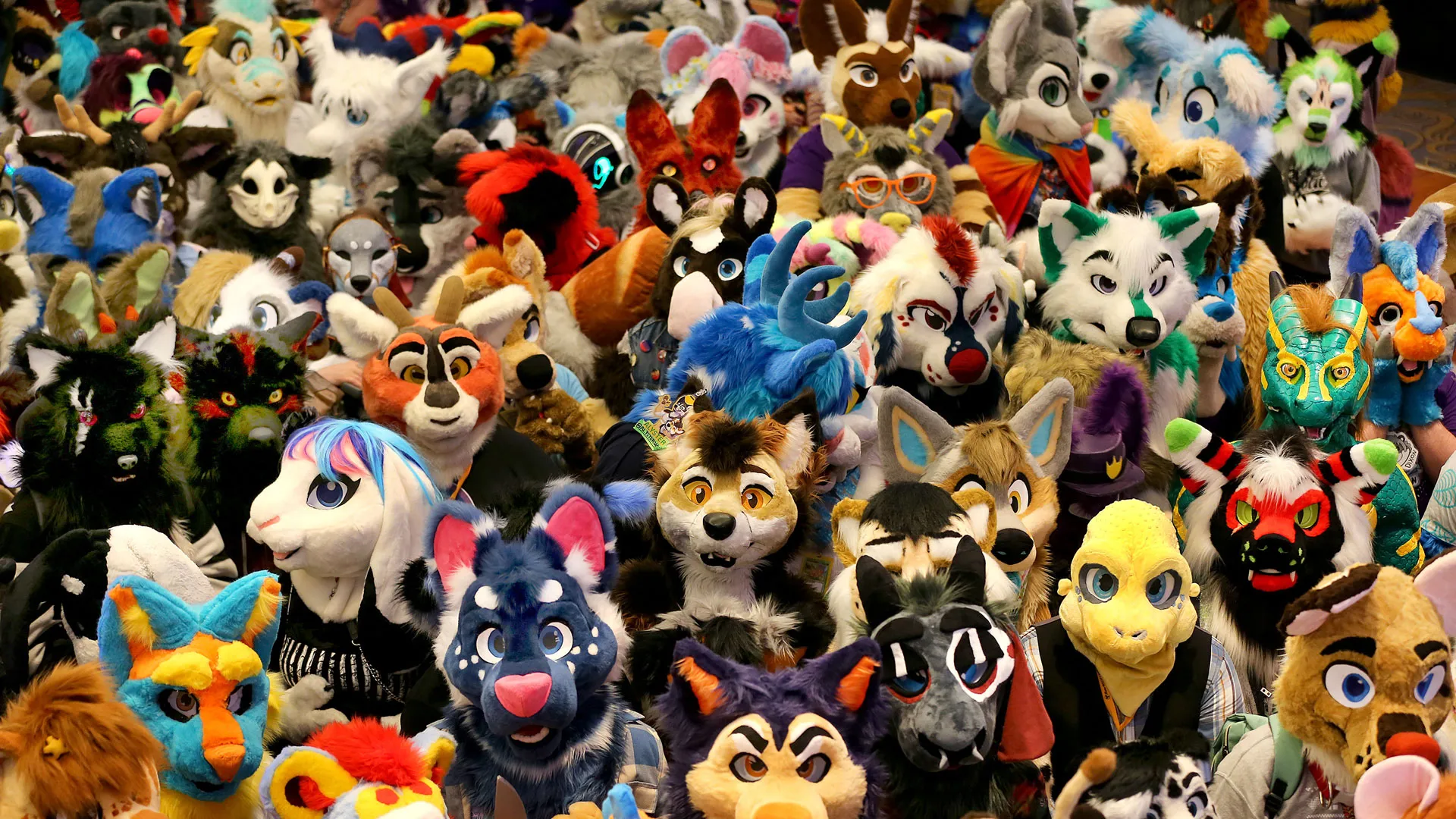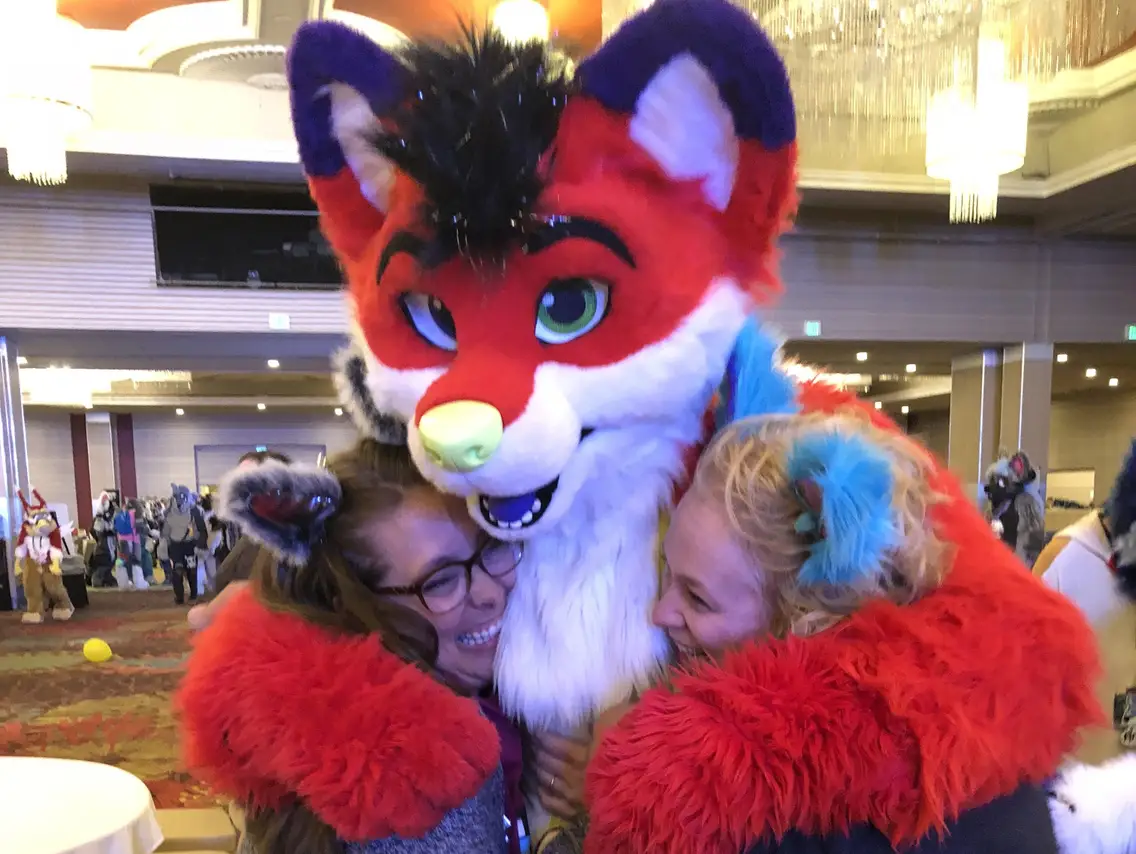
Introduction
Anyone who keeps up with mainstream media and social media would have come across the term ‘furry.’ Unless you know its background and its implications – social and sexual – you might think it’s merely a term to describe someone excessively hairy.
But ‘furry’ is more than that. In fact, it’s an entire fandom at this point. The origin of this fandom can be traced back to the 1980s with the start of fantasy and science fiction conventions that gave birth to displays of artworks and stories that discuss animal-human hybrids.
It is believed that the term ‘furry’ was also coined around that time by its fandom. However, there’s no clear originator who could be credited with the foundation of this name. Some speculate that the term comes from ‘furry animal,’ a term many sci-fi stories use to describe animal-like creatures.
The general public and media have perceived the concept of furries in many ways, from fun-loving fans of anthropomorphic animals to sexual deviants. While there’s not much harm in adults using this term or identifying as it, the kids’ involvement in the fandom is thought to be a no-no by many.
But what’s the truth behind furries? Should kids identify as furries? We dissect this topic in detail below.
What Are Furries?
Furries are a subcultural group of people with a deep interest in anthropomorphic – with human-like characteristics or qualities – animals. Identifying as a furry could mean creating artwork with anthropomorphic animals or dressing up as these creatures.
Over the years, the furry community has become a diverse group of people who express their interest by creating art, holding conventions, dressing up in ‘fursuits,’ and socializing online.
Most furries take on or create fursonas or animal personas to represent their identity. These personas may be based on mythical creatures, real animals, or made-up species.
Quite interestingly, the furry community is not limited to the general public. Many believe that celebrities are members of the furry fandom too.
For instance, there are speculations about Shakira having a fursona because she voiced Gazelle for ‘Try Everything‘ in the 2016 movie Zootopia, a movie about anthropomorphic animals. While Shakira has not personally confirmed this, some other celebs are openly furries. One of them is Adam, the creator of Your Movie Sucks.
Fans also got excited about Lil Nas X joining the fandom as it was reported that he met with SonicFox, possibly one of the most famous furries and FGC players in the world. There are plenty of Reddit threats where fans speculate, confirm, and deny the furry status of some celebrities.
However, the stigma around the furry fandom and negative misconceptions surrounding this seemingly harmless interest often restrict people to the ‘closet.’ But it’s important to remember that being a furry is not a sexual or harmful fetish. Instead, it’s a mere form of creativity and self-expression.

Cat Fursona
Image via Twitter
What Is a Fursuit?
A fursuit is a costume resembling an anthropomorphic character or a fursona. Furries usually wear fursuits to express themselves in a unique way. Most fursuits are made using synthetic fur or foam padding. While some cover the whole body, others only cover the feet, hands, or head.
Wearing a fursuit is not a must-do to be a part of the furry community. Most furries only wear fursuits when attending conventions or events. Some people think furries always wear their fursuits, but it’s a misconception. Since fursuits are made of synthetic material, they’re often uncomfortable and hot to wear for long periods, making it impossible for furries to wear them on a regular basis.
Should Kids Identify As Furries?
Whether kids should identify as furries or not is a concern that arose primarily when a New York-based family therapist Sara Stockon said in a documentary by Matt Walsh that school kids were increasingly identifying themselves as furries and disrupting classrooms.
She went on to say that kids were reported to purr and meow instead of answering their teachers’ questions. The teachers were prohibited from asking questions since being a furry is considered a queer identity, and any queries about it would be viewed as a form of discrimination.
There were also reports of students dressing up in their fursuits and asking for litter boxes in schools. Despite these claims, there have been no videos, pictures, or oral accounts of any of these incidents happening in schools across the US. Reuters fact-checked these claims and found nothing substantial for them.
Having said that, it’s pretty natural for kids to be curious about different things, and identifying as a furry or having an interest in furries can be part of that. Before coming to an objective answer to whether kids should identify as furries, it’s essential to look at both sides of the coin.
Why It May Be Harmful For Kids to Identify As Furries
At its core, the furry fandom is all about self-expression and having fun. But it’s not always entirely safe for kids to be a part of the fandom, especially openly.
For one, kids do not fully understand the implications of the fandom and may not be able to make the most informed decisions about their actions and words. The lack of maturity might put them at harm, making them more susceptible to inappropriate content and dangerous behavior.
In many instances, the furry fandom can also act as a gateway to adult content, which is obviously unsuitable for children. Again, their age might make them more vulnerable to exploitation and grooming.
Moreover, there is a social stigma around the furry fandom, associating it with fetishism and sexual deviancy, which can result in negative psychological and social consequences for kids. Children who identify as furries may be harassed, bullied, or discriminated against in schools. Research shows that furries are bullied twice as much as their non-furry counterparts. Even worse, if they do not have a supportive environment at home, their interests might lead to rifts between them and their family members.
All of this can accumulate into excessive emotional distress, especially for children who feel rejected or ostracized by their family and peers. Being exposed to such confusing and often misunderstood concepts can also cloud a child’s perception of their sexuality and identity, making it harder for them to navigate these concepts later in their adult life.
Keeping all these things in mind, one can say that there’s nothing wrong with kids identifying as furries as long as they are aware of the risks. Parents should also make sure to provide a supportive environment for their kids and ensure that they can freely express themselves without any negative consequences.

Group Of Fursuiters
Image via Metro Weekly
How to Keep Your Furry Child Safe?
If your child wants to express their creativity and interests, you can provide them with a safe environment by following a few tips.
Educate Yourself
There is a lot of misinformation spread across the Internet about the furry community, which can make it hard for many parents and family members to find reliable information. Do some research and talk to other furries or experts in the community, so you can accurately understand what being a furry means.
You can also attend furry conventions to support your child and interact with other parents to learn more about safety measures, like parental supervision and online privacy.
Have Open Communication
Establish open and comfortable communication for your child so they can come to you without fear of ridicule or judgment. Practice active listening and show them you care about their concerns and interests.
You should also set boundaries regarding their screen time and online behavior to ensure their safety. Look for monitoring software to keep track of their activities.
Follow School Rules
If your child’s school has strict rules about furry costumes or accessories, make sure your kid follows them. The last thing you want is for your child to get bullied by their peers or the school administration. Breaking the rules also harms the furry community, giving them a bad name and adding to the misconceptions about them.

Furry Convention
Image via them.us
Common Misconceptions About Furries
One of the main reasons many parents are horrified by the idea of their kids exploring their interests through the furry community is the number of misconceptions surrounding this group. A lot of these stem from misinformation and resistance to understanding something new and different. Some of the most common misconceptions about furries include the following.
Furries Are Sexual Deviants.
Many furry-opposing groups believe that people who wear fursuits are zoophiles and other sexual deviants. However, there is no evidence to support this idea, and most furries are well-adjusted members of society who dress up as animals to express their creativity.
While it’s true that there’s a sexual component to the fandom, it’s not the prerequisite or primary focus. Most furries engage in activities such as art and costume-making, gaming, or music instead of sexual activities.
It’s essential to keep in mind that furries are people, and people have sex. Just because they might do it in a costume or a tail doesn’t mean they are sexual deviants.
Furries Support Bestiality.
Since furries have fursonas and wear fursuits, many people believe they are into bestiality. Again, this is wrong since furries are merely interested in anthropomorphic animals and not actual animals.
All Furries Have a Fursona.
Again, not true. Not all furries have a fursona, and not every furry needs to. A fursona is just a personal character a person might use to represent themselves, but a furry doesn’t require a fursona to be accepted into the community.
Some furries only enjoy creating artwork, while others only appreciate others without actively participating in the dress-up side of things.
Furry Fandom Is a Cult.
The furry fandom is the farthest thing from a cult since there is no hierarchy or leadership. Similarly, furries do not have any specific rituals, beliefs, or practices enforced on others.

Fursuiter At Furry Convention
Image via Insider
Resources for Parents With Furry Children
Thanks to the Internet, there are many resources for parents to learn about their children’s interests. If you want to learn about the cultural aspect of being in furry fandom, you should check out the Culturally F’d YouTube channel.
It also helps to get the perspective of another furry parent, especially when your child is just getting started with exploring their interests. Moms of Furries is a popular channel where parents of furries can learn from a parent with first-hand experience of raising a furry child.
There are online forums and groups dedicated to furries that you can join to learn more about their lifestyle, such as Furry Amino or the Reddit Furry page.
FurScience is another good resource for parents since it’s a research group that studies the fandom and provides science-backed insights that could be helpful to parents trying to understand the furry community in depth.
If you want to take your child to a furry convention, Anthrocon is the best option. It is the largest global furry convention in Pittsburgh, Pennsylvania, every year, joining the furry fandom from all over the world. The convention has various activities, such as art shows, dances, workshops, and panels. You can check the convention’s website to see what they have in store for this year.
Attendees don’t necessarily have to wear costumes or fursuits. The convention also has a marketplace where you can buy merchandise. Overall, the idea of Anthrocon is to make furries feel welcome and give them a safe space to interact with others with a shared interest.
The Takeaway
The territory surrounding the self-identification of kids as furries should be tackled with the same level of caution and understanding as any other lifestyle choice. It’s important to remember that furries are just people with interests that may differ from the mainstream.
Parents should understand the social, sexual, and financial aspects of the fandom and be aware of potential risks when their children become more active in the community.
The best way to understand what your child is going through and how they feel is to talk openly with them without judgment. Educate yourself about the fandom, understand their interests and passions, and support them in their journey of self-discovery.





